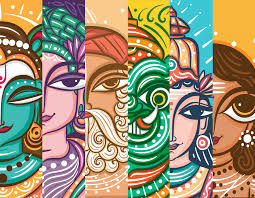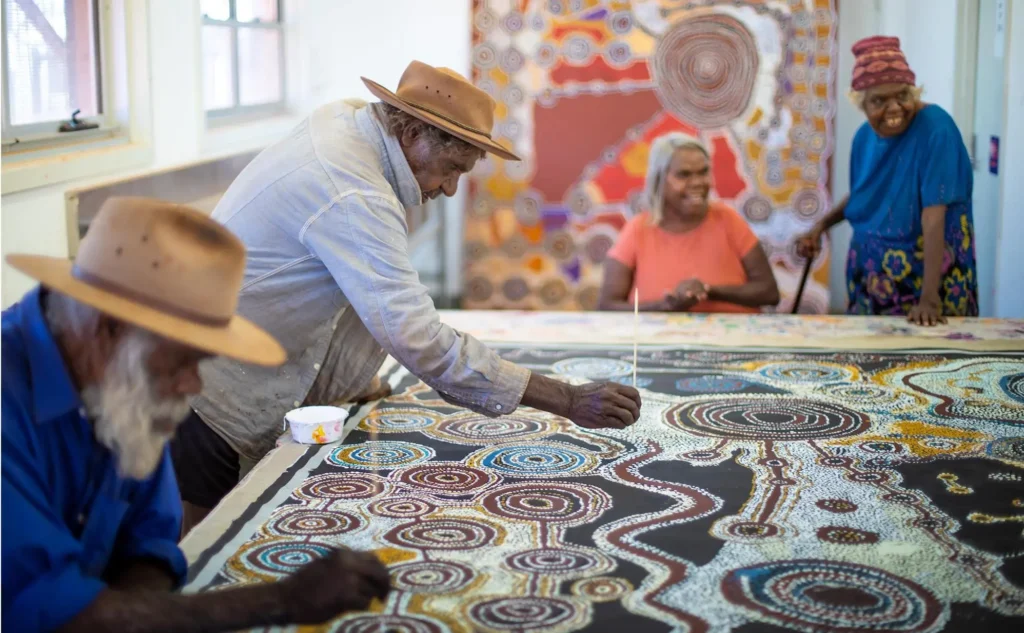
Menu

Aboriginal art, rooted in one of the world’s oldest living cultures, is now captivating contemporary art circles across Europe. With its bold dot patterns, symbolic storytelling, and spiritual depth, this art form is stepping beyond its traditional boundaries and finding new resonance in international galleries and museums.
At the heart of this global movement is a growing recognition of Aboriginal artists not just as cultural custodians, but as powerful contemporary voices. European collectors, curators, and institutions are increasingly spotlighting Indigenous Australian artists who merge ancient techniques with modern concerns—land rights, ecological crises, and identity.
This shift is visible in major exhibitions in cities like Paris, London, and Zurich, where works by Emily Kame Kngwarreye, Rover Thomas, and recent trailblazers like Yukultji Napangati are drawing international acclaim. Foundations such as Opale in Switzerland are dedicated entirely to promoting Aboriginal art, creating platforms where viewers can engage deeply with Dreamtime stories and ceremonial traditions.
These exhibitions aren’t just aesthetic showcases—they’re cultural dialogues. They invite European audiences to rethink art’s role in history, spirituality, and community. They also challenge the notion of “primitive” art, asserting instead that Aboriginal expression is both timeless and timely.
At a time when cultural identity and ecological awareness are central global issues, Aboriginal art speaks with quiet urgency. Whether through ochre on canvas or acrylics in modern palettes, these artworks hold a profound spiritual connection to land and ancestry—one that is now echoing through Europe’s most prestigious halls.
As this movement grows, it does more than elevate Indigenous artists; it reshapes the global art narrative, giving rightful space to First Nations perspectives.

@THE INDIAN ART COTTAGE
© The Indian Art Cottage | All Rights Reserved | 2025